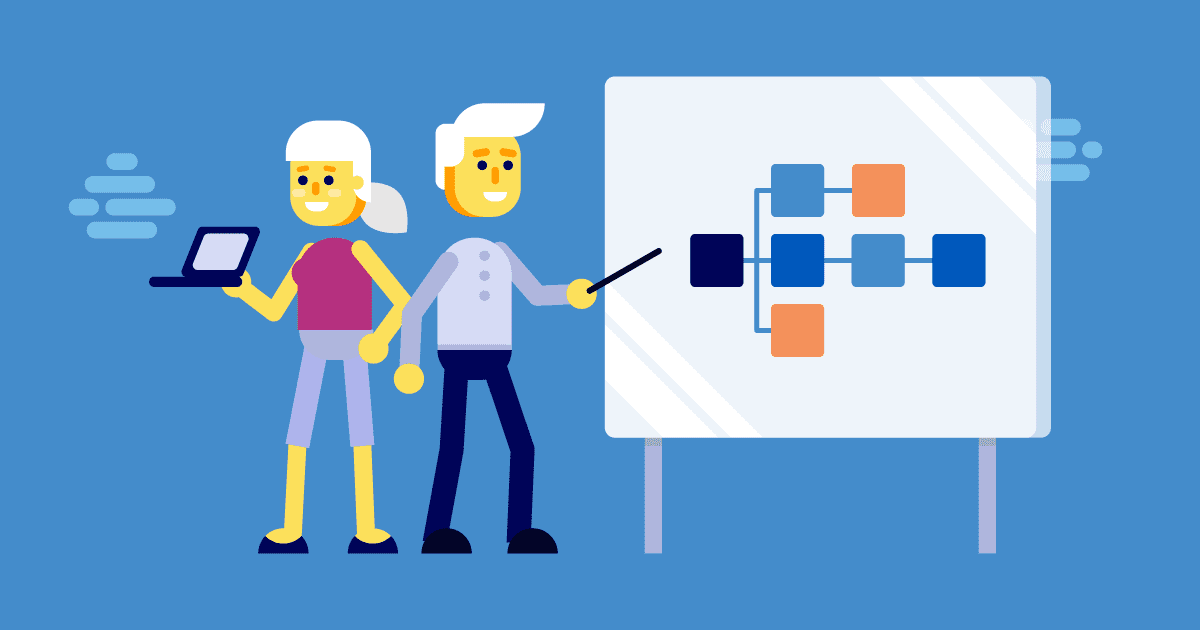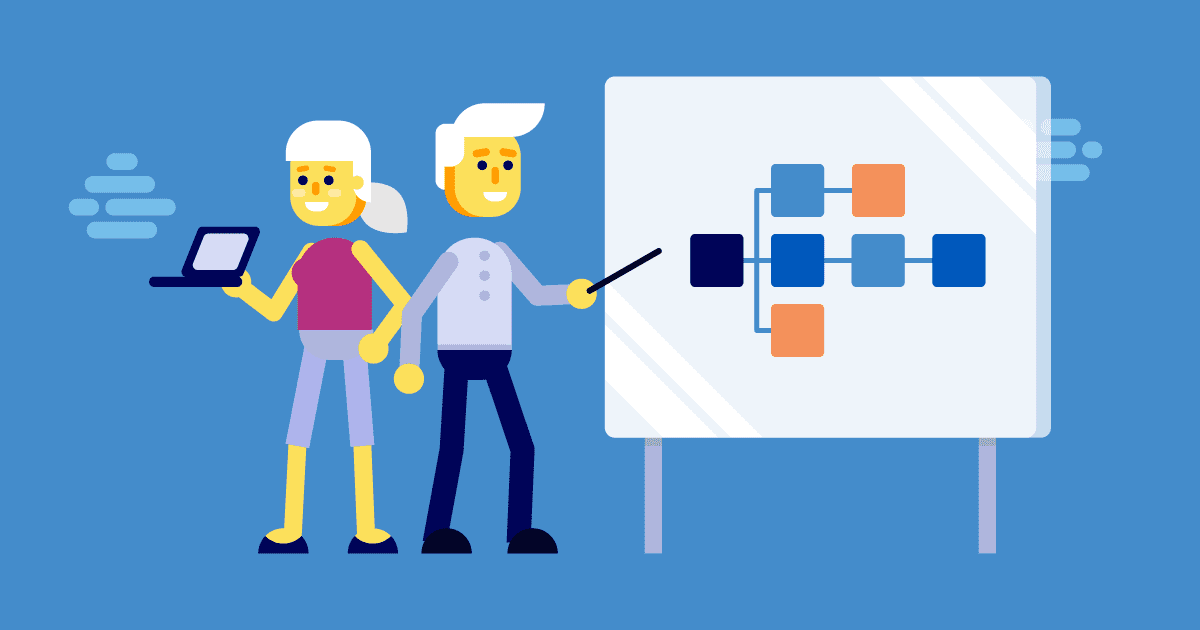Usability testing, also known as user experience testing or UX, is performed by a targeted set of users so any potential usability issues within the applications can be uncovered. This type of testing can be highly informative about if the applications are going to be a success in the market.
Some successful companies invest more in usability testing than their spend on advertising. We often think that usability testers are a set of esteemed testing experts, but that’s not always the case. Companies tend to prefer non-technical, non-IT people to do this job, based on the kind of application to be tested. How do they find these targeted audiences? There has to be a definite plan for setting up usability testing. Let’s find out more.
Building the Prototype/Design
Before finding your audience, you need to get the product ready for testing, which may be the presumed finished product, a design concept, a prototype of the application or indeed, the application itself but with limited functionalities. It’s not advisable to do usability testing on a finished product, because the cost of changes will be huge by then, so companies usually prefer to test UX on prototypes.
Test Plan Preparation
Once a prototype is ready, a plan of action for UX testing needs to be made. This begins with identifying the areas to be tested, preparing the questions/instructions for users for defining how the results can be analyzed and the prototype can be optimized based on the feedback. Some common goals of the test plans are described below.
- Research the areas to be tested
- Prepare the instructions/questions for users
- Define what kind of usability testings are needed for the prototype. For example, first click test, five seconds test, survey, etc.
- How results can be analyzed, and corrective measures taken
The test plan needs to be written to enable proper usability testing to be done.
Who are the Target Audience?
Once the prototype and test plans are ready and you have selected the right usability testing tool for your needs, it’s important that you find out the right people to test. The test sample target audience should be made up of the kinds of real people who are going to use this product. For example, if this is a shopping app that markets fashion trends, you may need to target youngsters who have a passion for trendy fashions and who regularly shop online. So you need to define the characteristics of the target users clearly. Once this is defined, recruitment can be done via any usability testing channels. The rest will be taken care of by the usability testing recruiting vendors.Performing the Tests

Once the testers have been recruited, they can be invited to attend a scheduled testing session. The testing can be of two types
Moderated: In this type, tests can be moderated and monitored from a remote computer. You can ask questions to the user and ask the user to do certain things while collecting live feedback.
Unmoderated: Here the tester performs the tests on their own based on the preset instructions, then sends the report back to you through the channel. The feedback might be a screen recording with video of the user going through a set of actions and talking how he/she feels about it. This type of testing is referred to as the ‘thinking out loud’ usability approach where users give a spoken commentary while using the product. There are other kinds of testing as well.
- Five-second test: The user will be shown a prototype page for five seconds only and will be asked a few questions on what they have seen.
- Click test: The user will be asked to respond by clicking on the prototype based on the type of results thel want to see. This allows companies to place contents/buttons in the appropriate places.
- A/B tests: Two designs will be shown to the user, and he/she will be asked to select the one they prefer.
- General Survey: After going through a few sets of pages, the tester will be asked a few questions.
Result Analysis
Following the testing sessions, the usability testing channels will send the results to the product company. These results can be in many forms, depending on the type of testing done. They are mainly:
- Screen recordings with Video and Audio of the tester
- Spreadsheet with feedback and findings
- Click maps that show where most of the users clicked
- Graphs and Charts
- Survey result forms
Corrective Actions
After examining the results, the product team can then improve their current UX. After implementing the improved UX, the product can then be sent for another round of usability testing until the product team feels they have achieved the goals they set out in the test plan.
Bottom Line
Historically, the process of usability testing and its costs have been comparatively high, but the results can be very worthwhile. Big companies such as Amazon and Google, invest heavily in usability testing, more than with advertising because they understand that experience wins over any general recommendation. And the results are there to see!
